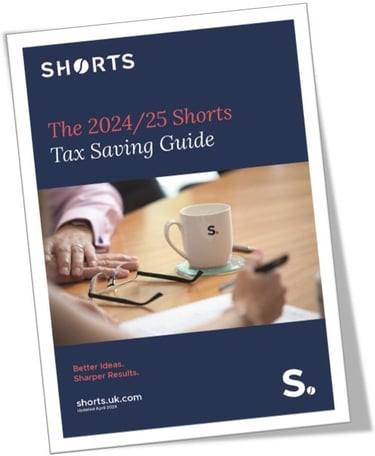
For companies working to find solutions to the changes generated by environmental issues, an unexpected bonus can be the availability of tax breaks for green companies through R&D tax relief which can help fund some of the developments undertaken. The Government supports innovative companies by offering tax relief worth up to almost 25% of qualifying costs on eligible projects and even if you wouldn’t consider your company to be innovative in the ordinary course of business, adapting to changes driven by regulatory requirements, the market or internal ethics can mean that developments undertaken will be eligible for relief.
What is R&D?
R&D tax relief is available to companies who undertake projects which seek to advance science or technology by resolving scientific or technological uncertainties. This definition can deter people from claiming as they believe the bar for a qualifying project is higher than it is – in fact, any company undertaking new product or process development may in fact qualify. If your company is paying technical people who are experts in their field, this can be another indicator that R&D takes place.
How does this apply to the Green economy?
Where this can often be seen is in the context of developments driven by the green economy – for example, currently plastic consumption, and in particular single use plastic packaging, is a major concern for many individuals and organisations. A company which seeks to develop alternative methods of packaging – which has the same functionality as the plastic packaging – is likely to find they are trying to advance technology in that area, and are facing technological challenges in doing so – and suddenly they are in the realms of a qualifying R&D project. It could be trying to replace the plastic with a totally different material – or it could be looking at using more easily recyclable plastic. Looking at using more recyclable materials could also lead to a qualifying R&D project – for example, some retailers are exploring the ability to make clothing fabric from waste products such as nylon fishing nets and again, using this different material to recreate an existing product is very likely to involve technical challenges with a view to achieving a technological advance.
It’s not just new product development which might qualify for R&D relief – although it does tend to be easier to spot in those cases – process development can also involve R&D projects. For example, if a company has to work to reduce water or fuel consumption in their production process, this can lead to R&D if the steps involved are challenging and lead to the development of new technology.
What it’s worth
The relief is very valuable, offering a corporation tax saving of up to 24.7% of qualifying costs – which comprise staff costs, consumables and software used in the R&D project, amongst other items. For companies which are loss making, the relief is at a lower level but can be available as a payable tax credit, thus helping fund future developments.
Other Issues
It’s also worth noting that there is a separate tax relief available for companies which have patents and whilst obtaining a patent can be a time consuming business, the Intellectual Property Office accelerates the examination of patent applications which are deemed to have an environmental benefit. We would recommend any company undertaking new development work has a chat with a Patent Attorney to ensure they aren’t missing out on any commercial protection or tax relief.
Claiming R&D tax relief is simpler than you may think. So if your business could be eligible to claim, you could join the thousands of innovative companies nationally that have already benefited from R&D tax reliefs.

To find out more, please contact a member of the Radius team and let us show you how easy it is to make your innovation pay.
Related links;

Darryl Hoy
Darryl is the Technical Director of the Radius team. He is a specialist in Research & Development tax reliefs, having previously worked at HMRC as an R&D Tax Inspector.
View my articles

